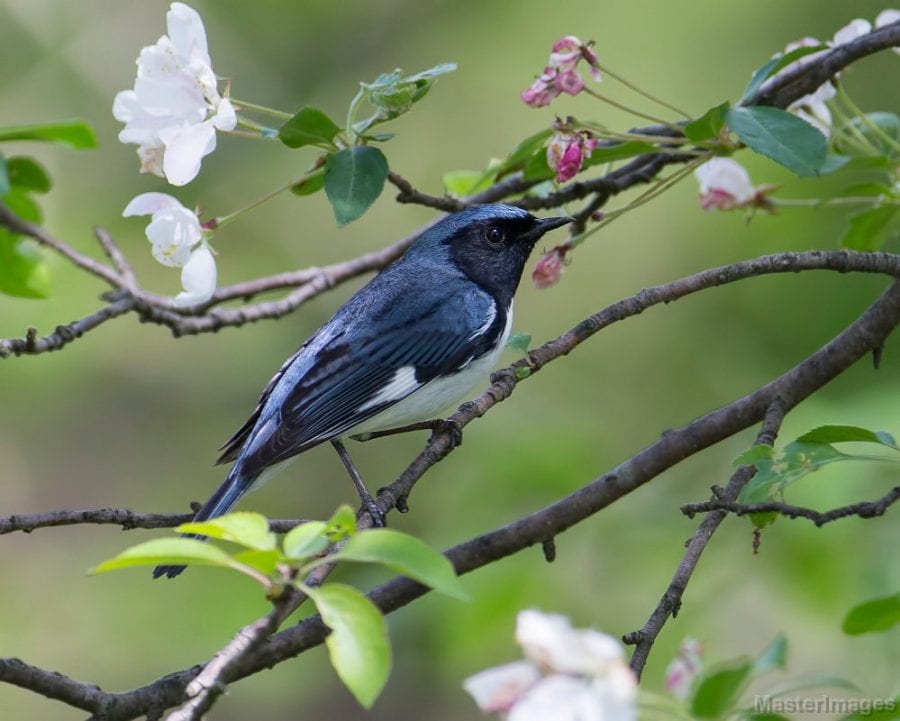
Longtime bird enthusiast takes stock of sobering declines
By John Thaxton
My mother always assured me that what I worried about most would never happen, and so I got into the habit of worrying about things I really enjoyed suddenly vanishing.
And as I started to become increasingly obsessed with watching birds I became increasingly obsessed with worrying that they would suddenly and precipitously decline. I relaxed about bird declines for quite a while, especially since my wife and I bought land and built a house in Keene, on the eastern side of Baxter Mountain at an elevation of about 2,000 feet. We would wake up in our tent on the property and smile at the songs of black-throated blue, black-throated green and Blackburnian warblers, and smile at the teacher-teacher-teacher shrieks of the ovenbirds.
This year, for the first time in 37 years, we don’t have any of these birds on our property and we feel, in three words, completely bummed out about the development. I remember smiling at the song of the black-throated blue right outside the kitchen window, the singing Blackburnian in the treetops right off the deck and the ovenbird holding forth at the turn in the driveway.
All of these songs and the birds that made them have disappeared from our property and one of the things I worried about most has happened. My mother, as usual, got just about everything wrong.
Many of the most steeply declining species include common birds like blackbirds, sparrows and finches. In just 50 years, for example, red-winged blackbirds have declined from 260 million to 150 million, and grassland species have declined by 53% or approximately 750 million birds.
North America hosts 3 billion fewer nesting birds since 1970, a heart-stopping decline in avian populations.
I never like to make a point by summoning statistics, but the numbers make my head spin and the sheer absence of bird song on a spring morning dampens my spirit before I even get out of bed. I remember waking up in Manhattan to the sounds of car alarms, honking horns and low-flying jets coming in for a landing at Kennedy International Airport, and I remember swooning with pleasure in the Adirondacks when an ovenbird woke me up.
Ovenbirds, black-throated blue and black-throated green warblers don’t wake me up anymore, and I genuinely worry about their status as breeding species in the Adirondacks. I could go on and on about the species that have declined since I moved here and about the lack of bird song everywhere I go, but the bottom line remains the same, and it’s depressing: Bird populations are declining and will no doubt continue to do so.
I harbor a background wish that maybe I have it all wrong, that perhaps what I see as a precipitous decline in bird species doesn’t really fly, but in my heart of hearts I know that Adirondack bird species populations have plummeted, and I groan every time I think about it.
"bird" - Google News
August 02, 2021 at 05:49PM
https://ift.tt/3C6I9i1
Silent spring (and summer)? - Adirondack Explorer
"bird" - Google News
https://ift.tt/2s1zYEq
https://ift.tt/3dbExxU
Bagikan Berita Ini
















0 Response to "Silent spring (and summer)? - Adirondack Explorer"
Post a Comment